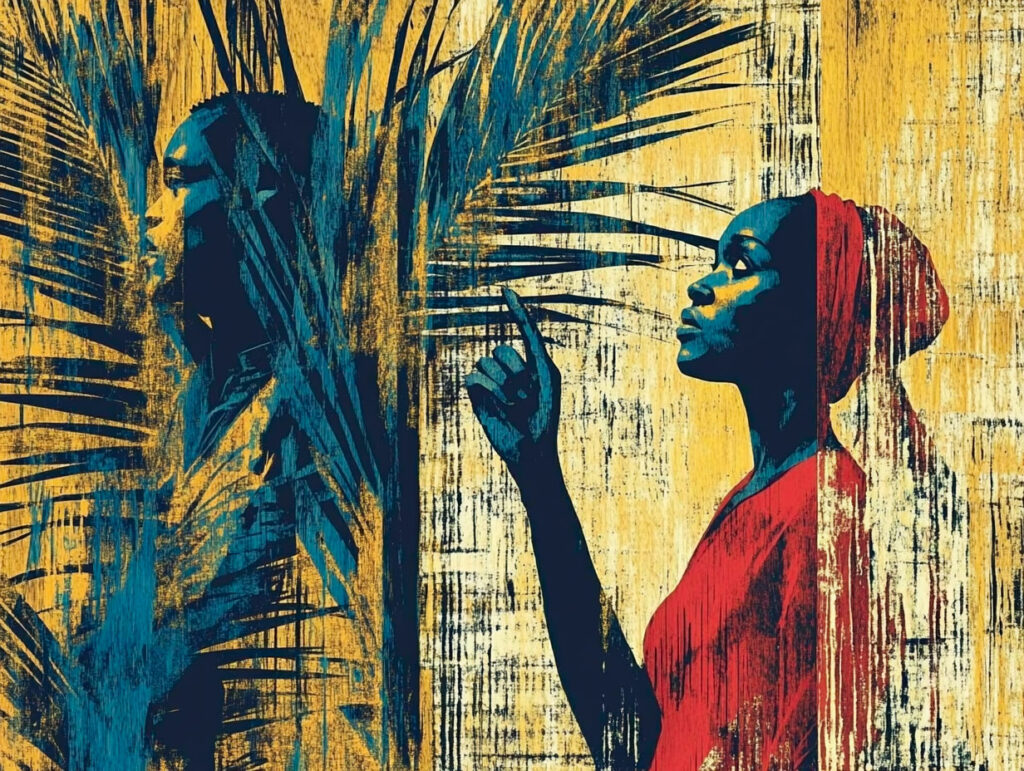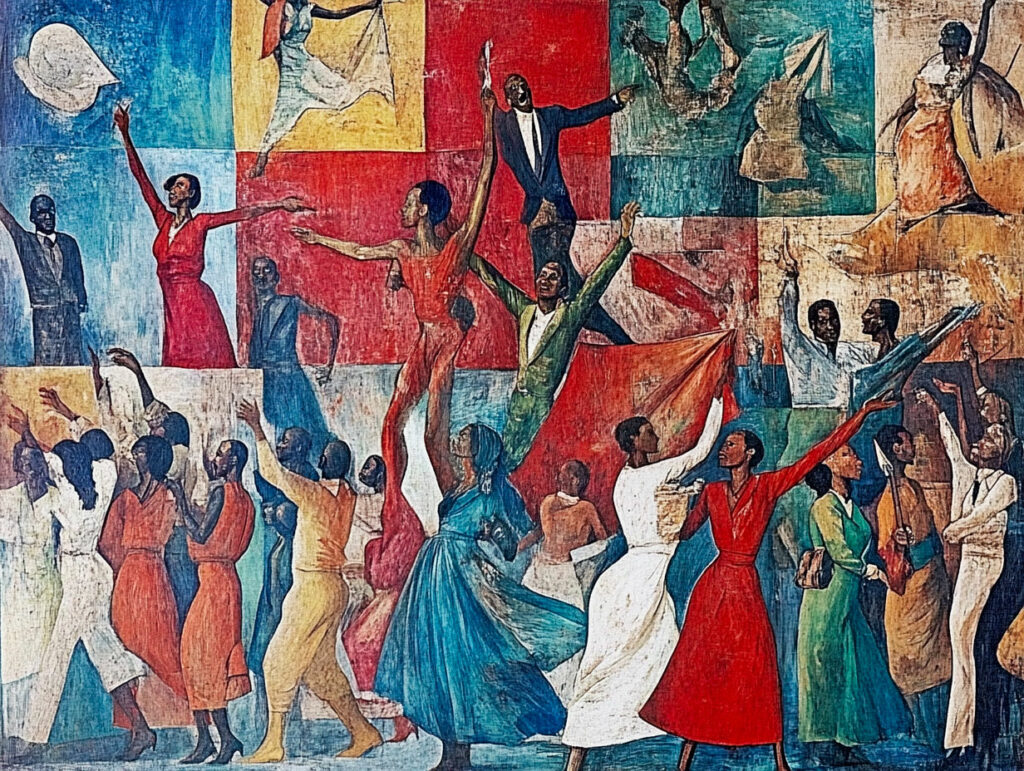Detailed analysis of the Congo Crisis (1960–1965), exploring its causes, key players, battles, and lasting consequences in central Africa.
The Congo Crisis (1960–1965) was a turbulent period in central Africa following the Congo’s independence from Belgium. The crisis was marked by political instability, ethnic divisions, and foreign intervention. It began shortly after Congo’s independence on June 30, 1960, as regional secessionist movements, Cold War interests, and internal power struggles escalated tensions. The assassination of Patrice Lumumba, the role of the United Nations, and interventions by major powers such as the U.S. and the Soviet Union further complicated the situation. The crisis saw major military conflicts, including the Katanga secession, and ended in 1965 with Mobutu Sese Seko’s rise to power. The conflict caused significant loss of life, displacement, and economic instability, with impacts still felt today.
What Were the Reasons for the Congo Crisis (1960–1965)?
The Congo Crisis had multiple interconnected causes, primarily tied to the country’s unpreparedness for independence. Belgium granted the Congo independence on June 30, 1960, but retained significant influence over economic assets, particularly in mining. This sudden political shift left the Congo with a weak administrative structure, as only 17 Congolese held university degrees, and the civil service was dominated by Belgians.
Ethnic divisions also played a role. The Congo comprised over 200 ethnic groups, leading to fragmented loyalties and tensions. Key regions like Katanga and South Kasai, rich in mineral resources, sought autonomy, causing further instability. The secession of Katanga, led by Moise Tshombe, was backed by Belgian business interests.
The Cold War exacerbated the crisis. The Soviet Union supported Patrice Lumumba’s government, while the United States, concerned about communist expansion, backed his political rivals. These global rivalries fueled internal conflicts and led to direct foreign involvement.
The lack of a unified national identity, combined with economic exploitation and Cold War pressures, created a volatile environment that escalated into a prolonged crisis.

Who Was Involved in the Congo Crisis (1960–1965)?
The Congo Crisis involved various internal and external actors. Domestically, the conflict was between the central government, secessionist movements, and ethnic factions. Patrice Lumumba, the first prime minister, sought a unified Congo but faced opposition from regional leaders like Moise Tshombe in Katanga and Albert Kalonji in South Kasai.
Internationally, Belgium played a significant role, initially supporting Katanga’s secession to protect its economic interests. The Soviet Union provided military assistance to Lumumba’s government, while the United States, fearing communist influence, supported Joseph Mobutu (later Mobutu Sese Seko).
The United Nations intervened through the UN Operation in the Congo (ONUC), deploying peacekeeping forces to stabilize the situation. However, the UN faced criticism for its limited mandate and failure to prevent Lumumba’s assassination.
Neighboring African nations, including Ghana and Guinea, also supported Lumumba, while others, like Rhodesia and South Africa, aligned with Western interests. This web of domestic, regional, and global players made the crisis highly complex.
The Leaders of the Congo Crisis (1960–1965)
Patrice Lumumba: The Congo’s first prime minister, Lumumba was a nationalist who sought to end Belgian control. His alignment with the Soviet Union made him a target for Western powers. He was arrested and assassinated in 1961.
Joseph Mobutu: Initially a military officer, Mobutu played a key role in deposing Lumumba. Backed by the U.S., he consolidated power and eventually became the country’s leader in 1965.
Moise Tshombe: The leader of the secessionist Katanga region, Tshombe sought autonomy for Katanga with Belgian support. His actions prolonged the crisis and highlighted the role of economic interests.
Dag Hammarskjöld: The UN Secretary-General worked to mediate the crisis but died in a plane crash in 1961 while on a peace mission.
Albert Kalonji: Leader of the South Kasai secessionist movement, Kalonji declared an independent state in 1960, further fragmenting the country.
Was There a Decisive Moment?
The assassination of Patrice Lumumba in January 1961 is often seen as a decisive moment. His death removed a unifying nationalist figure and intensified Cold War rivalries in the region. Lumumba’s execution was carried out by Katangan forces with Belgian complicity, signaling the failure of the UN mission to protect him.
Another significant moment was the Katanga secession’s collapse in 1963. UN forces launched military operations to reintegrate the region, marking a turning point in stabilizing the central government.
The rise of Joseph Mobutu in 1965, through a bloodless coup, effectively ended the crisis. Mobutu’s regime brought a degree of political stability but ushered in decades of authoritarian rule.

Major Battles of the Congo Crisis (1960–1965)
The Katanga Secession (1960–1963): The Katanga province declared independence under Moise Tshombe. Supported by Belgian forces, Katanga resisted reintegration. UN operations, including battles in Elisabethville, eventually ended the secession in 1963.
The South Kasai Conflict (1960–1962): South Kasai’s attempt at independence led to clashes between the central government and secessionist forces. Government troops committed atrocities in their efforts to regain control.
Stanleyville Rebellion (1964): Rebel forces, supported by the Soviet Union, captured Stanleyville (now Kisangani). Western-backed Congolese forces, with Belgian and U.S. assistance, retook the city in Operation Dragon Rouge.
Operation Dragon Rouge (1964): A joint Belgian-U.S. operation to rescue hostages held by rebels in Stanleyville. The operation showcased Cold War rivalries and highlighted Western interests in the region.
Was There a Turning Point?
The end of the Katanga secession in 1963 marked a turning point in the crisis. It demonstrated the central government’s ability, with UN support, to reintegrate secessionist regions. This victory weakened separatist movements and shifted focus to internal power struggles.
Joseph Mobutu’s rise in 1965 was another turning point. His coup ended political instability and centralized power, though at the cost of democratic governance. The transition from fragmented leadership to a single authority stabilized the country temporarily.
Consequences of the Congo Crisis (1960–1965)
The Congo Crisis had profound consequences. Politically, it resulted in the rise of Mobutu Sese Seko, whose authoritarian regime ruled for decades. The crisis also highlighted the limitations of the UN in managing complex conflicts.
Economically, the conflict devastated the Congo’s infrastructure and disrupted mining operations, the backbone of its economy. Belgium retained significant economic influence, perpetuating neo-colonial dynamics.
Socially, the crisis caused immense suffering. Estimates suggest over 100,000 deaths and widespread displacement. Ethnic tensions deepened, leaving a legacy of instability.
Internationally, the crisis underscored the Cold War’s impact on Africa. The involvement of the U.S. and the Soviet Union turned the Congo into a battleground for ideological supremacy.
Back to the Wars section